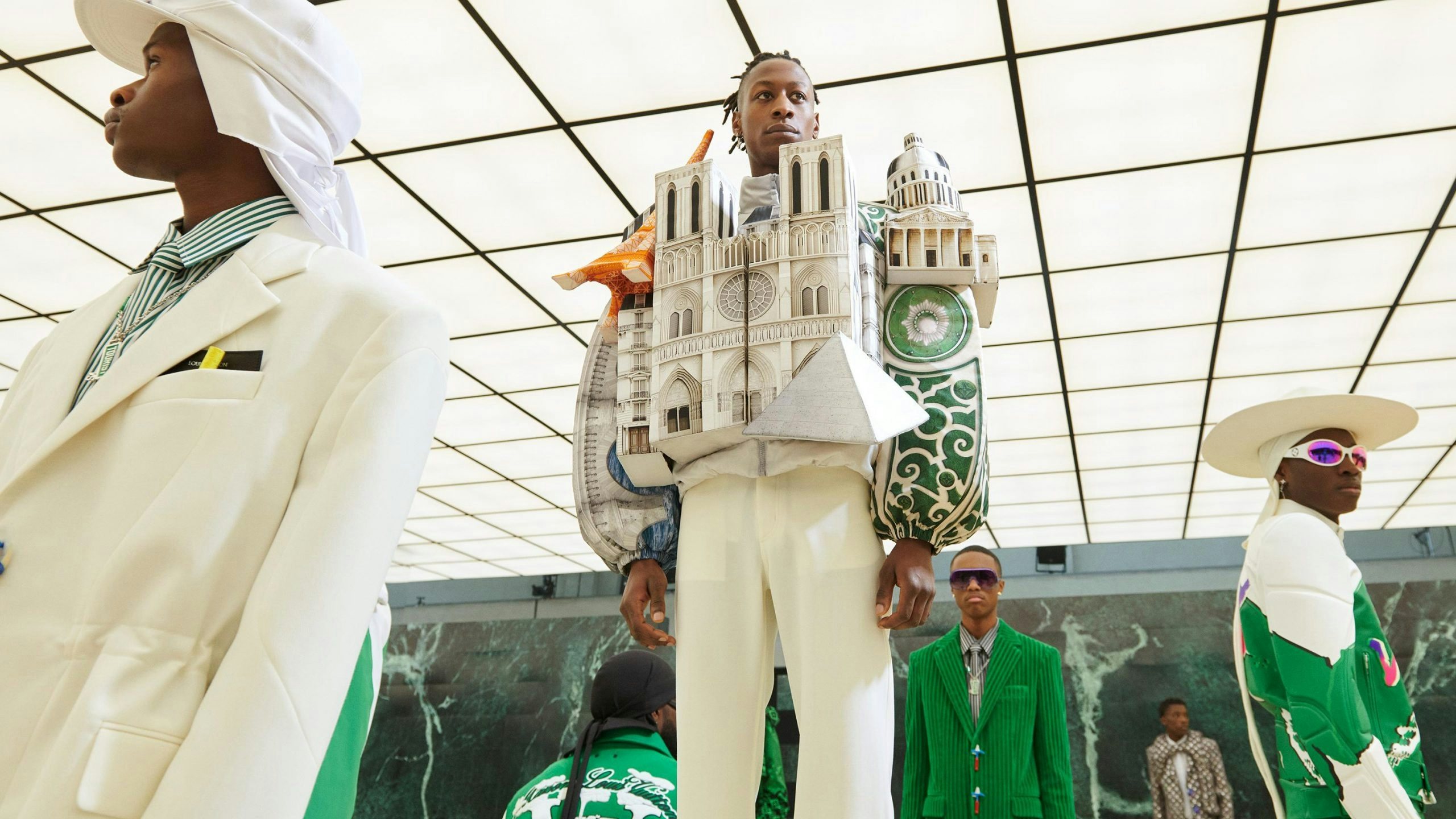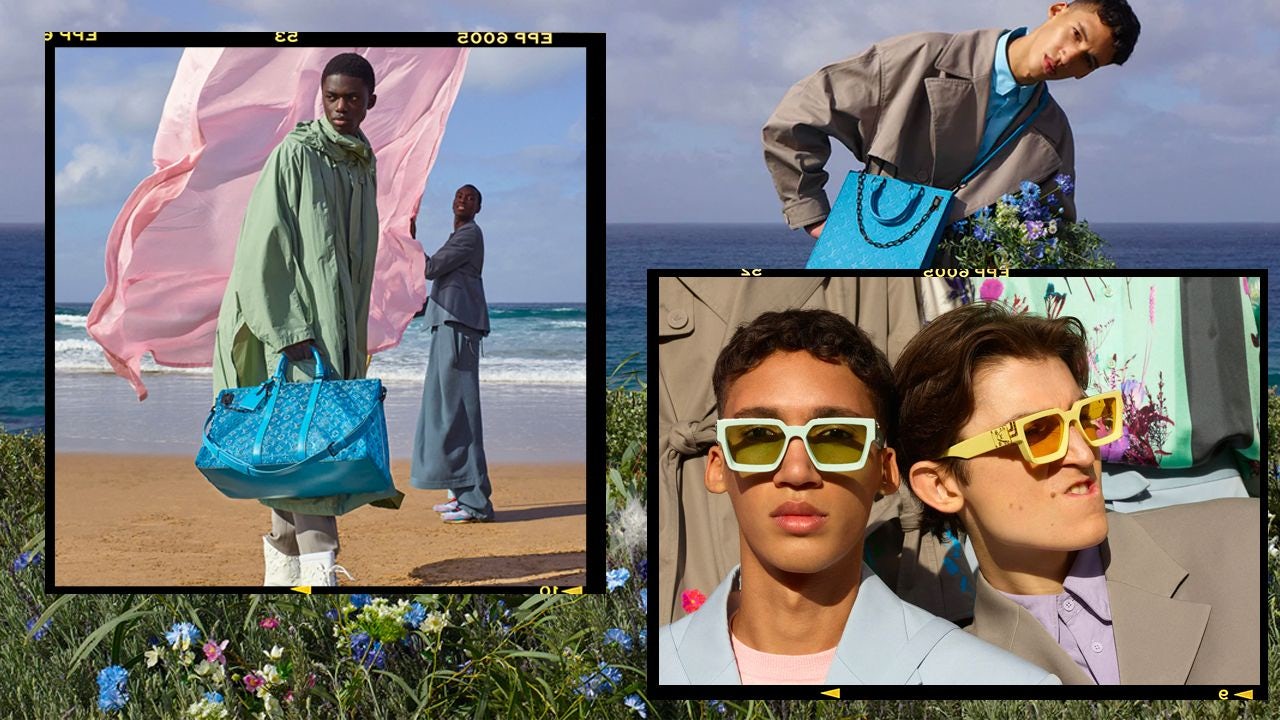Key Takeaways:#
China’s economic outlook remains the most resilient one, and the country continues to move up the value chain. As the upper-middle-class segment increases in size, these consumers will seek luxury brands to match their new financial status.
Tier-1 and Tier-2 cities account for 56 percent of luxury goods consumption. However, growing disposable income levels, partly attributed to lower living costs, will open up the luxury market to millions of new consumers.
Many product and service categories are still underdeveloped and present significant growth opportunities in China: Champagne exports to Mainland China for 2019, for instance, were only 1.8 million bottles compared to 2.5 million bottles for the Netherlands.
LVMH's balance sheet provides a pulse for the global luxury industry. Its Q1 2021 results are a timely reminder that China is driving growth in a fast-changing market environment. While LVMH's shares are rising to record highs, investors have questioned whether there are still reasons to be optimistic about the luxury market in China. As China enters a new stage of market development, Jing Daily offers four reasons why the country is both the present and the future of luxury business.
Rising aspirations#
China’s economic outlook remains resilient as the economy continues to move up the value chain. The increasing size of its upper-middle-class segment will seek luxury brands to match their new financial status — consumers known as the "aspirational rich." However, the continual growth of the affluent elite will demand a higher level of luxury to match their social status. The demand for luxury goods and services will only materialize if luxury consumers feel confident about the future, and Chinese confidence is rising. As such, BMW and Mercedes-Benz both recorded best-ever first-quarter sales in 2021.
Emerging geographies#
According to Deloitte and Secco, Tier-1 and Tier-2 cities account for 56 percent of luxury goods consumption. However, growing disposable income levels, partly attributed to lower living costs, particularly in North and Southwest China provinces, will open up the luxury market to millions of new consumers. Digital avenues connect these new consumers to the luxury universe. And investments in infrastructure will also create a positive environment (it is no coincidence that Tesla targeted lower-tier cities like Weifang and Linyi when opening its new centers).
Evolving lifestyles#
The democratization of luxury has extended the reach and broadened the scope of markets. Affluent families are even acquiring luxury branded items for their children. Meanwhile, the rise of the female economy is helping to assert greater independence: Over 40 percent of Porsche 911 drivers in China are female. The increasing acceptance of new lifestyle trends such as skiing and sailing are establishing new markets. In fact, many product and service categories are still underdeveloped and present significant growth opportunities. Champagne exports to Mainland China in 2019, for instance, were only 1.8 million bottles compared to 2.5 million bottles for the Netherlands.
Increasing relevance#
Luxury brands are gaining a better understanding of how to develop locally-inspired strategies. As a result, luxury offerings have increased in cultural relevance for the Chinese market. Innovation plays a critical role in aligning brand strategies with local insights. As an example, the trend of opening innovation centers in China is creating a vibrant new ecosystem there. Shiseido’s Beauty Innovation Hub in Shanghai is the brand's first outside of Japan, launched to adapt beauty concepts to China's market. Its consumer testing lab, Beauty Bar, provides direct input on making new ideas commercially viable.
As we come to grips with the ‘new normal’ of luxury, the financial data underlines a hidden truth: Brand-building is key to luxury profitability. The operating margin for LVMH's fashion and leather goods category for 2020 was 33.9 percent. Brand equity combined with China's market potential is not a guarantee for success, but mixing the two certainly reduces a brand's chances of failure.
Glyn Atwal is an associate professor at Burgundy School of Business (France). He is co-author of Luxury Brands in China and India (Palgrave Macmillan).


